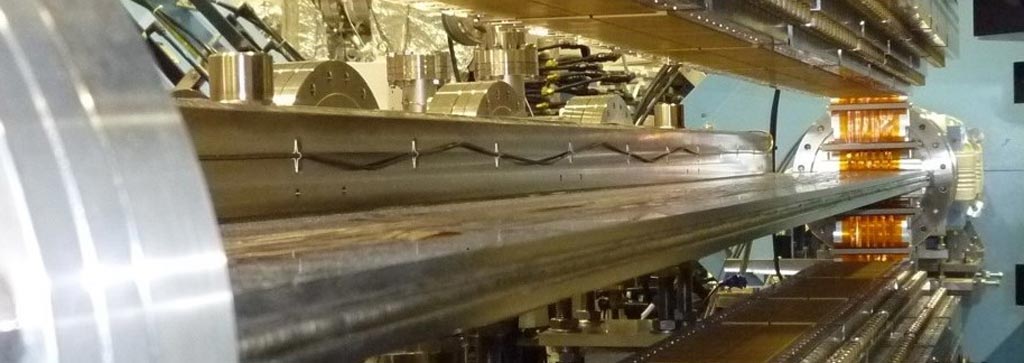Synchrotron Light Sources Could Generate X-ray Beams
By MedImaging International staff writers
Posted on 20 Sep 2018
A new study demonstrates how superposition of two optical vortex beams can produce structured light in the form of a vector beam.Posted on 20 Sep 2018
Researchers at Hiroshima University (Japan), the Japanese National Institutes of Natural Sciences (Sokendai; Okazaki, Japan), and other institutions have developed a new technique to generate structured light for use in research areas that have only been accessible until now with synchrotron radiation, such as X-ray absorption spectroscopy and X-ray crystallography. The method is based on the production of circularly polarized light from two linearly polarized light sources, whose polarization directions are orthogonal to each other.

Image: The Hiroshima synchrotron radiation center (Photo courtesy of Hiroshima University).
The current approach involves two vortex beams generated by superposing harmonic radiation on two helical undulators positioned in tandem. As both optical vortex beams contain a point of zero intensity, they form a spiral phase structured light, which can be used in a plethora of medical and other devices, such as three dimensional (3D) scanners, photography, and microscopes. In the future, according to the researchers, the approach could be applied to X-ray wavelength spectrums, such as for X-ray diffraction, scattering, and absorption/emission spectroscopy. The study was on July 1, 2018, in Applied Physics Letters.
“We have demonstrated the generation of the vector beam using synchrotron radiation. The next step of this research is to demonstrate the generation of vector beams of other types, for example, radially polarized beams,” said senior author Professor Masahiro Katoh, PhD, of the Sokendai Institute for Molecular Science. “Our ultimate goal is to control all the optical properties of synchrotron radiation, such as wavelength, coherence, spatial, temporal structures and so on. This work has opened a way to generate X-ray vector beams.”
Synchrotron radiation is an electromagnetic radiation emitted when charged particles are subject to an acceleration perpendicular to their velocity. This can be achieved using bending magnets, undulators and/or wigglers. If the particle is non-relativistic, the emission is called a cyclotron emission. If, on the other hand, the particles are relativistic, the emission is called synchrotron emission. The synchrotron radiation produced in this way has a characteristic polarization, and the frequencies generated can range over the entire electromagnetic spectrum.
Related Links:
Hiroshima University
Japanese National Institutes of Natural Sciences













